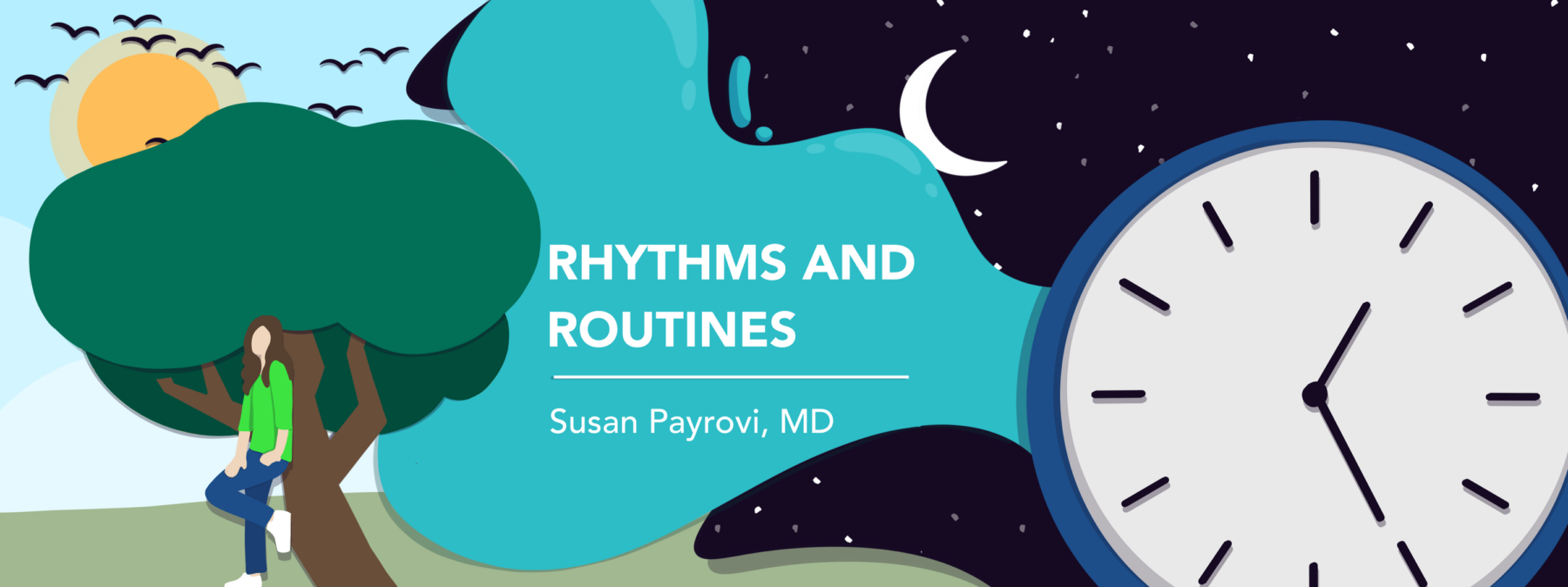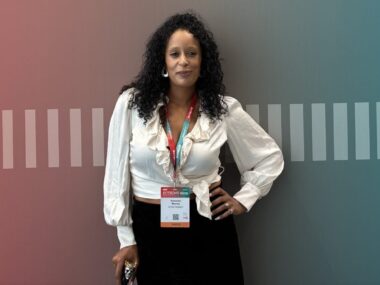The joy and vulnerability of dance help me live with multiple sclerosis
How music and dancing enhance my life and foster connection
Written by |

Music and dance have always been my medicine. From decompressing during medical school to adjusting to life with multiple sclerosis (MS) or getting through motherhood, music and movement have never let me down.
We all have that friend we dream with, making preposterous plans. For me, that friend was Alex from medical school — study partner by day, dance partner by night. Inspired by our neurology rotation, we decided we’d open a nightclub called Axon when we became full-fledged doctors, complete with a special room where everything would glow white. We would call this space the Myelin Room.
Little did I know then that the word myelin would take on a very different meaning for me a decade later when I was diagnosed with MS.
Dance and multiple sclerosis
Fast forward a quarter of a century, and I’m proud to say I made good on that preposterous idea. For my 49th birthday last month, I planned an online dance club called “The Myelin Room,” playing my favorite hits from the ’80s. (I’m hopelessly stuck in that era.) It was a rare opportunity to come together with friends, family (even some from Iran!), patients, and people from the MS community, each of us dancing in our own Zoom square, however our bodies could move. It was pure joy to dance in community.
As an integrative and functional medicine physician, I can tell you there are studies on the benefits of music and dance for mental and physical symptoms of MS. But those of us who love music and dance don’t need data to know that moving our bodies to song improves mood, lessens anxiety, boosts energy, alleviates aches and pains, and helps us tap into feelings of joy and connection.
Why do dance and music have this effect? Perhaps it’s instinctual to move our bodies when we hear a rhythm, even if it’s just tapping our feet, bobbing our heads, or clapping to the beat. But dancing in community is something quite different. According to researcher and storyteller Brené Brown, “There is no form of self-expression that makes us feel more vulnerable than dancing. It is full-body vulnerability.”
Dancing on Zoom with people who were willing to be vulnerable with me was deeply special. It requires trust and safety to be open with people you’ve never met, even if you’re a great dancer. Vulnerability matters because it leads us to courage, compassion, and connection. Imagine how our experience of MS can be transformed if we tap into these tools every day, so we can show up braver and do the things we must do to take better care of our bodies.
I never set out to be the eccentric doctor or quirky mom, but here we are. If I’m to put my MS symptoms in the back seat and get back to who I was before my diagnosis, then I’m going to insist on feeling joy every single day by dancing to my favorite tunes anywhere I can — in the kitchen, in the car, and at my clinic with patients.
Note: Multiple Sclerosis News Today is strictly a news and information website about the disease. It does not provide medical advice, diagnosis, or treatment. This content is not intended to be a substitute for professional medical advice, diagnosis, or treatment. Always seek the advice of your physician or other qualified health provider with any questions you may have regarding a medical condition. Never disregard professional medical advice or delay in seeking it because of something you have read on this website. The opinions expressed in this column are not those of Multiple Sclerosis News Today or its parent company, Bionews, and are intended to spark discussion about issues pertaining to multiple sclerosis.







Sotiria Donti
Hi dr Susan! Meeting you outside True Medicin Gatherings! I also love ❤️ dance and music and please if you organize any dance zoom meetings, could you put my name in your list???
Sandra Landsman
As a latina I love to dance and music is the best therapy for me! If you organize an event for our NYC community people living with MS please let me know!
Thank you,
Tru
I love this article. It may be relaxing to listen to music and dance, but it has been relaxing and joyful to read it.
Thank you for sharing!
Jacqueline weaver
Music has smooth my soul deeply.i can’t stand up that long.ii hold on to my walker put the brakes on of course.move more sitting down tapping and shaking your feet can help. There is so many sit down excerise you can do.,through physical therpy,u tube after approval of your doctor. I planned thing to do physical and emotional love to draw paint write just take one day at a time I have been by the best dear god thank you Amen:
Pascal Landheer
I want to meet somebody with ms, thats likes to dance and go on holiday and lives in Oldenzaal/Enschede/Hengelo. I'm 48 years old and a son mother 17 year. Social, a lot of friends.